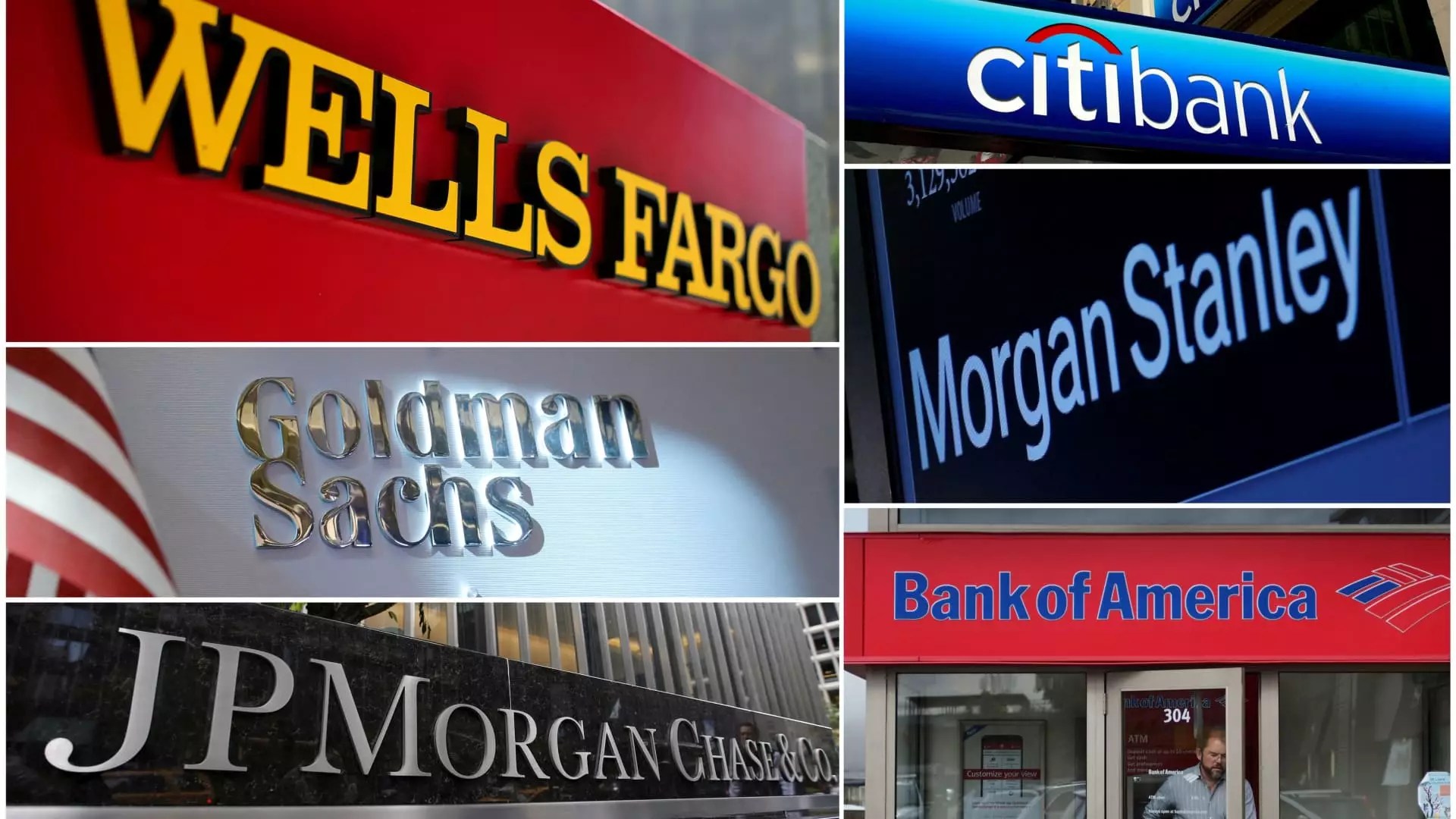The Trump administration has ignited a controversial discussion around financial regulations with its recent proposal to pare back capital requirements on major banks. The Federal Reserve’s announcement has the potential to reshape the landscape of financial markets, and while it may seem appealing at first glance, it presents risks that should not be ignored. There are several facets to this issue that merit a closer examination.
1. Capital Requirements: A Double-Edged Sword
The proposed changes to the enhanced supplementary leverage ratio are significant, as they allow large banks more leeway in their capital reserves. This flexibility could enable institutions like Goldman Sachs and Wells Fargo to expand their lending capacities and invest more heavily in U.S. Treasury bonds. However, the very capital requirements that the administration seeks to loosen were established as safeguarding measures in the aftermath of the 2008 financial crisis. By rolling these back, the potential for increased risk exposure comes to the forefront, jeopardizing not just the banks themselves but the entire economy.
It’s perplexing why the U.S. government would consider weakening the safeguards put in place to prevent another catastrophe. Although proponents argue that these changes will make the financial system more resilient, the path to market dysfunction is often paved with such well-intentioned deregulation. In essence, reducing capital reserve requirements could embolden banks to take risks that favor short-term profits over long-term stability, making them susceptible to future crises.
2. An Invitation to Excessive Risk-Taking
The lure of higher profits through looser regulations is a powerful one. With less capital tied up, banks can reallocate funds towards shareholder dividends or aggressive lending strategies, which may superficially appear beneficial. Yet, this kind of short-sighted capitalism can be a recipe for disaster. When the focus shifts to maximizing immediate returns, long-term sustainability often gets cast aside.
Wall Street is sensing this anticipated decrease in restrictions and responding positively—venture capital is flowing, and stock prices for big banks are climbing. But just because the market is reacting favorably doesn’t mean the ramifications are positive. The lack of restraint on capital could lead to speculative behavior reminiscent of the pre-crisis era. Increasing leverage not only serves to inflate profits but also raises the stakes, thus heightening systemic risks that could reverberate across the entire financial system at the first sign of trouble.
3. Conflicted Voices Within the Fed
Even within the ranks of the Federal Reserve, dissent is brewing. Notably, Governor Michael Barr and Adrian Kugler have raised alarms about the proposal. Barr has gone on record to assert that this deregulation will not inherently enhance Treasury market functionality. Instead, he fears banks will prioritize their interests over the greater economic good—flocking to the highest returns instead of facilitating stable financial operations.
Such internal disagreements signal a troubling trend within the institutions meant to safeguard financial integrity. When voices of caution are overshadowed by pro-business enthusiasm, we must ask which directive ultimately governs our financial institutions: collective stability or corporate profit margins? This tug-of-war is concerning, particularly when economic stability hangs in the balance.
4. The Risk of Economic Disparity
This regulatory rollback raises questions concerning income inequality as well. Historically, financial crises often inflict the most harm on the least affluent members of society while disproportionately benefiting the wealthiest. By prioritizing bank performance over consumer safeguards, we may unwittingly worsen the gap between the rich and the poor.
When regulations that protect average citizens are dismantled in favor of bank profitability, it’s the everyday individual who lives with the repercussions. The lack of safeguards posing threats to the broad economic fabric could have lasting societal impacts, exacerbating struggles for those still trying to recover from previous downturns.
5. A Short-Sighted Vision for American Finance
Any sensible approach to financial regulation must consider both immediate gains and long-term viability. The Trump administration’s push for deregulation appears to be an oversimplified vision that places political advantage over economic prudence. While easing restrictions may energize the financial sector in the short term, the potential for systemic instability looms larger.
The long-term consequences of these regulatory changes stand to reshape the very fabric of American finance, turning back the clock on hard-fought reforms. Ultimately, the pursuit of innovation and progress must be tempered by caution and foresight. Maintaining a balance between empowerment and restraint is critical to safeguarding our economic future—an objective that requires attention rather than retreat.

